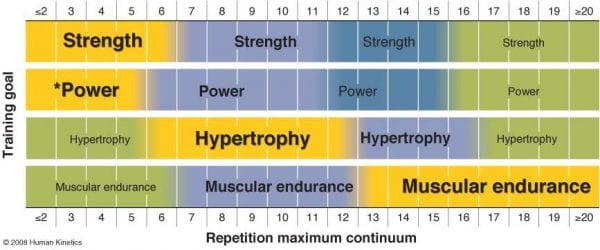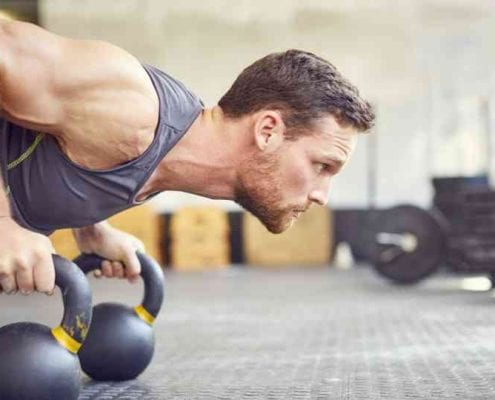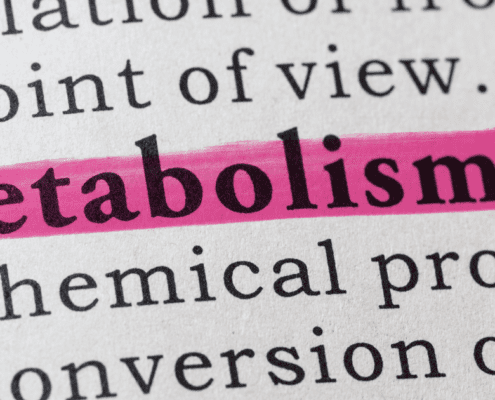How Weight Training Makes You A Better Athlete
June 18, 2020 by Michael Fouts
Estimated reading time: http://niram.org/read/
Other formats available: audio / video
For those of you that know what Squash is, that’s me playing it above. And yes, Squash isn’t just a vegetable. Whether or not you play squash, or even know what it is, you should be lifting weights if becoming better at your sport is a goal. Lifting weights will make you stronger, faster, and less injury prone – all things advantageous to any athlete.
Lifting weights (a.k.a. resistance training, weight training) also offers the following benefits:
- Improved muscle endurance (stamina) – less repetitive stress on muscle if you’re stronger
- Coordination
- Aesthetics
- better posture, physical appearance, self-confidence, etc.
- Decreased stress
- Increased mood
- Increased energy
- Better sleep
How often should you be lifting weight?
At least 3 times a week, at minimum 30 minutes per time. I don’t really have a maximum recommendation, as that’s a little more of a complicated answer; some olympics athletes train twice daily. What I will say is that your training volume (intensity x time) needs to be slowly increased over time, don’t just jump into training 5 days a week if you previously haven’t been working out at least 2-3. That, and rest and recovery is important – more training isn’t always the right answer.
What types of exercises should you be doing?
You want to incorporate exercises that target the muscles used in your sport, and ones that can mimic similar movement patterns. You also want to balance everything out by targeting the other muscle groups too.
How many reps, or sets should you be doing?
For those that don’t know…
- A rep is a repetition, and indicates how many times you should perform the exercise movement. A set is how many times you should perform the suggested repetitions of the exercise. Eg. 15 pushups (repetitions), done twice (sets).
- Reps and sets are training variables; some other variables that are important, that we won’t talk about much in this post are volume, rest, and tempo.
For most, while in-season the main goal is performance based, and injury prevention – a goal many don’t actually “train” for, but should. This is when you should focus on strength, power, and muscle endurance training.
Others, like Football players in the off-season, are looking to add bulk and put on muscle. This is where you should primarily focus on a workout program that maximizes muscle growth (hypertrophy); nutrition also plays a big role here, but we won’t touch on that in this post.
In some cases, some are trying to lose weight. These individuals should focus more on nutrition, but would likely be best served focusing on a more muscle endurance type program.
The following image should help explain what reps, and therefore mechanical tension (amount of weight to be used), is preferable for different gaols:

What you’ll see above is that different reps will promote different goal-oriented outcomes at varying “sweet spots.” You want to focus on training at that specific “sweet spot” for the given goal you’re training for.
Let’s use an example. In Squash for example, or Hockey if that’s more relatable, I would want to focus on In-season Strength and Power training. You should see from the above table that the target rep range is 3-6 reps.
With the proper rep count, you also want to determine how many sets to do. The answer to this is less straightforward, but depends on your current training state – how much are you currently working out. In order to simplify things I will suggest to start with 2 sets per exercise and work your way up to 4 or even 5.
The amount of sets you do varies because when deciding how many sets you are going to do, it will depend on your goal and how many times you are training in a given week. With the goal of hypertrophy (muscle growth) you want to increase volume (reps x sets) over time in order to “force” the muscle to grow. For example, in a given week how many times are you training your quadriceps (the front of your leg) vs. your hamstrings? I won’t dive into this too much as it can get complicated, but I will say that typically 10 working sets for a muscle group per week is adequate.
All of the above was a quick suggestion that if you’re wanting to get better at your sport, you should be lifting weights. It might seem a little complicated in terms of what to do and how to do it, which isn’t untrue but understand that doing some form of weight training is better than no weight training. Beyond that, I encourage you to reach out to people who know what they are doing in your sport and get help – they will help take the guess work out of what to do and how to do it in order to maximize your time spent lifting weights.
If you have any questions, or want help putting together a program for yourself, feel free to message me.
Till next time,
-Mike






